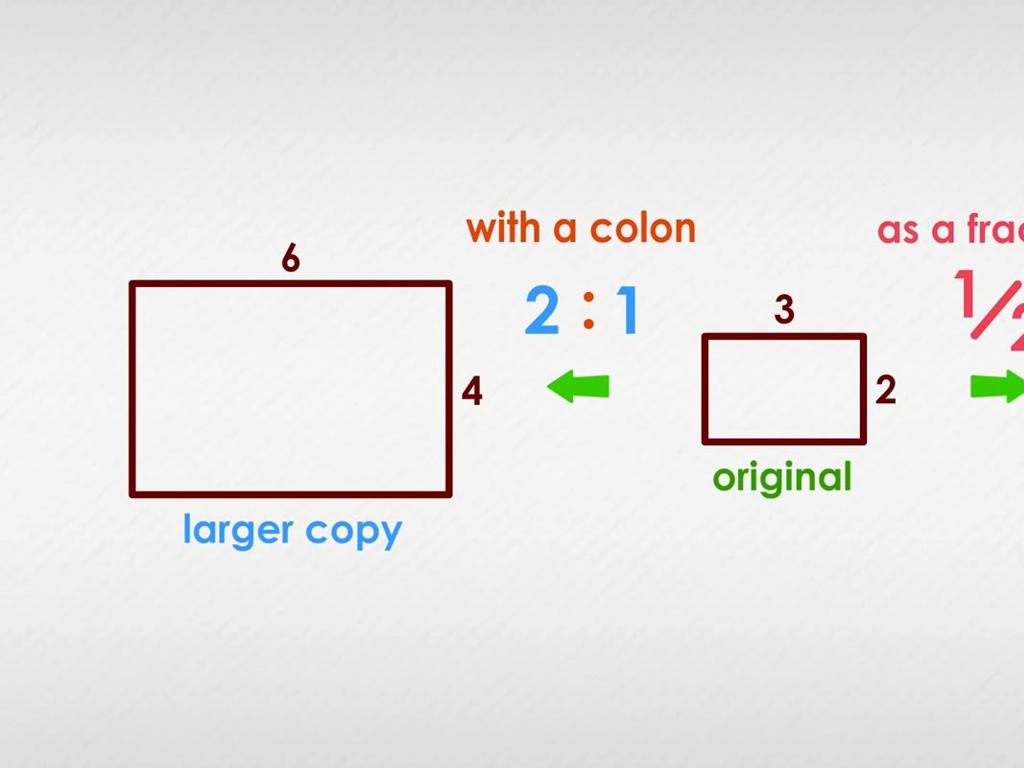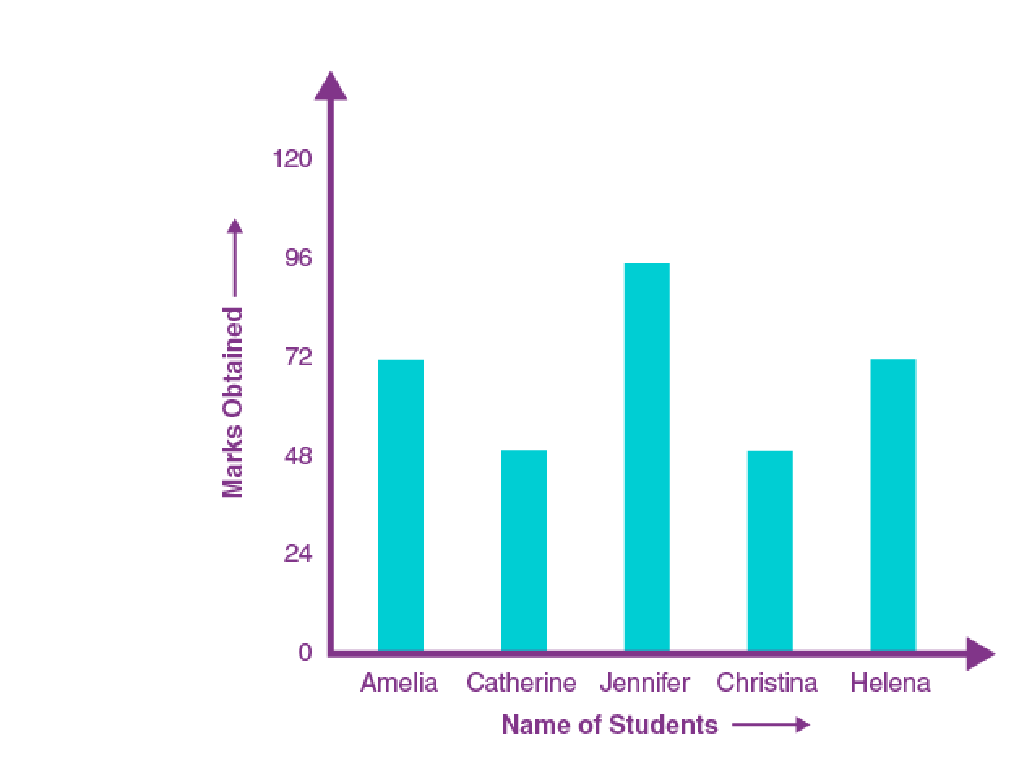Identify Inherited And Acquired Traits
Subject: Science
Grade: Third grade
Topic: Heredity
Please LOG IN to download the presentation. Access is available to registered users only.
View More Content
Welcome to Heredity: What Makes You Unique
– Today’s topic: Heredity
– Discovering our uniqueness
– Each of us is special with unique features
– Exploring traits
– Traits are features or characteristics like hair color or leaf shape
– Inherited vs. Acquired traits
– Inherited traits come from parents, acquired traits develop from experiences
|
This slide introduces the concept of heredity to third-grade students, aiming to spark their curiosity about what makes them unique. Begin by explaining heredity as the process by which traits are passed from parents to offspring. Emphasize that traits make each person and living thing special. Discuss the difference between inherited traits, such as eye color or leaf shape in plants, which are passed down from parents, and acquired traits, like riding a bike or a tree’s scar, which are gained from life experiences. Use this opportunity to set the stage for deeper exploration into genetics and how traits are passed down through generations.
Understanding Heredity
– Heredity passes traits to offspring
– Traits include hair color and height
– Traits are features we can see, like curly hair or tallness
– Leaf shape is a trait in plants
– Plants have traits too, like the shape of their leaves
– We inherit traits from our parents
– Our parents give us traits that make us unique
|
This slide introduces the concept of heredity, which is a fundamental principle in genetics. Heredity explains how parents pass down physical characteristics, or traits, to their children. Examples of traits include visible features such as hair color, height, and even the shape of leaves on plants. It’s important to convey to the students that these traits are inherited, meaning they come from their parents. Use relatable examples to help students connect with the material, such as discussing the variety of hair colors and heights in the classroom, or comparing leaf shapes from different plants. Encourage students to think about which traits they may have inherited from their own parents.
Inherited Traits in Heredity
– Traits passed from parents
– Like how you inherit your parents’ smile!
– Examples: Eye color, hair type
– Brown eyes or curly hair are inherited traits.
– Traits from birth
– You have these traits from the day you are born!
|
This slide introduces the concept of inherited traits to third-grade students. It’s important to explain that these are the features or characteristics that children receive from their parents through genes. Use relatable examples such as eye color, type of hair, or even the shape of leaves for plants to make the concept more tangible. Emphasize that these traits are with us from the moment we’re born and do not change as we grow. Encourage students to think about their own inherited traits and consider which ones they might have gotten from their mom, dad, or even grandparents. This will help personalize the lesson and make it more engaging.
Understanding Acquired Traits
– Acquired traits definition
– Traits developed after birth through experience or behavior
– Examples of acquired traits
– Skills like bike riding, piano playing, or getting a tan
– Acquired vs. inherited traits
– Inherited traits come from parents, acquired do not
– Acquired traits are not genetic
|
This slide aims to help students differentiate between acquired and inherited traits. Acquired traits are characteristics or skills that one is not born with but develops due to environmental factors, learning, or practice. Examples include learning to ride a bike or play an instrument, and physical changes like a tan from the sun. These traits are not passed down from parents to offspring genetically. It’s important to emphasize that while inherited traits are part of our DNA, acquired traits result from our experiences. Encourage students to think of other examples of acquired traits and discuss why they cannot be inherited.
Inherited vs. Acquired Traits
– Inherited traits are passed down
– Like your hair color or shape of your nose
– Acquired traits are learned or developed
– Like riding a bike or reading
– Example: Eye color vs. Reading glasses
– Natural eye color is inherited, glasses are acquired to help us see
– Example: Flower petals vs. Dyed color
– Number of petals is inherited, but we can change a flower’s color
|
This slide aims to help students differentiate between inherited and acquired traits. Inherited traits are those that are passed down from parents to offspring, such as eye color or the number of petals a flower has. Acquired traits, on the other hand, are not inherited but developed throughout life, like learning to read or dyeing a flower. Use everyday examples to illustrate the concept, such as a family’s common eye color (inherited) versus wearing glasses to read (acquired). Encourage students to think of their own examples of inherited and acquired traits to discuss in the next class.
Activity Time: Trait Scavenger Hunt
– Understand inherited traits
– Traits passed from parents like eye color
– Explore acquired traits
– Skills or scars you learn or get over time
– Observe and record findings
– Share discoveries with class
|
This class activity is designed to help students differentiate between inherited and acquired traits through a fun and interactive ‘Trait Scavenger Hunt’. Inherited traits are those that are passed down from parents to offspring, such as hair color, eye color, or the shape of a nose. Acquired traits are those that are learned or developed over time, like riding a bike, reading, or a scar from a fall. Provide students with a worksheet where they can draw or write down examples of each type of trait they find around them, perhaps in classmates or stories from home. After the activity, encourage students to share their findings with the class to foster discussion and reinforce their understanding of the concepts. Prepare to offer guidance and clarification as needed.
Review: Inherited and Acquired Traits
– Recap on heredity
– Examples of inherited traits
– Traits like eye color or hair type from parents
– Discuss acquired traits
– Skills like riding a bike or swimming
– Questions and answers
|
This slide aims to review the concepts of heredity, inherited traits, and acquired traits. Start by summarizing what heredity is: the process by which traits are passed from parents to offspring. Ask the students to name some inherited traits, such as eye color, hair color, or even the shape of their nose, which they may have noticed are similar to those of their parents or siblings. Then, discuss acquired traits, which are not passed down genetically but are learned or developed over time, like riding a bike, reading, or playing an instrument. Encourage the students to think about their own traits and consider which ones they were born with and which ones they have learned. Finish with a Q&A session to ensure understanding and clear up any confusion.
Conclusion: The Wonders of Heredity
– Heredity is fascinating in science
– Explains family similarities and differences
– Inherited and acquired traits make us unique
– Inherited traits: eye color, hair type. Acquired traits: language, skills
– Celebrate your special traits!
– Share what makes you, you!
|
As we wrap up our lesson on heredity, it’s important to reinforce the concept that heredity is a key part of science that helps us understand why we might look like our parents or siblings, but also have our own unique traits. Highlight the difference between inherited traits, like eye color or hair type, which we’re born with, and acquired traits, like the language we speak or how to ride a bike, which we learn. Encourage students to think about their own inherited and acquired traits and to appreciate the combination of both that makes each person special. This reflection helps students to recognize and celebrate their individuality and the diversity in the classroom.






